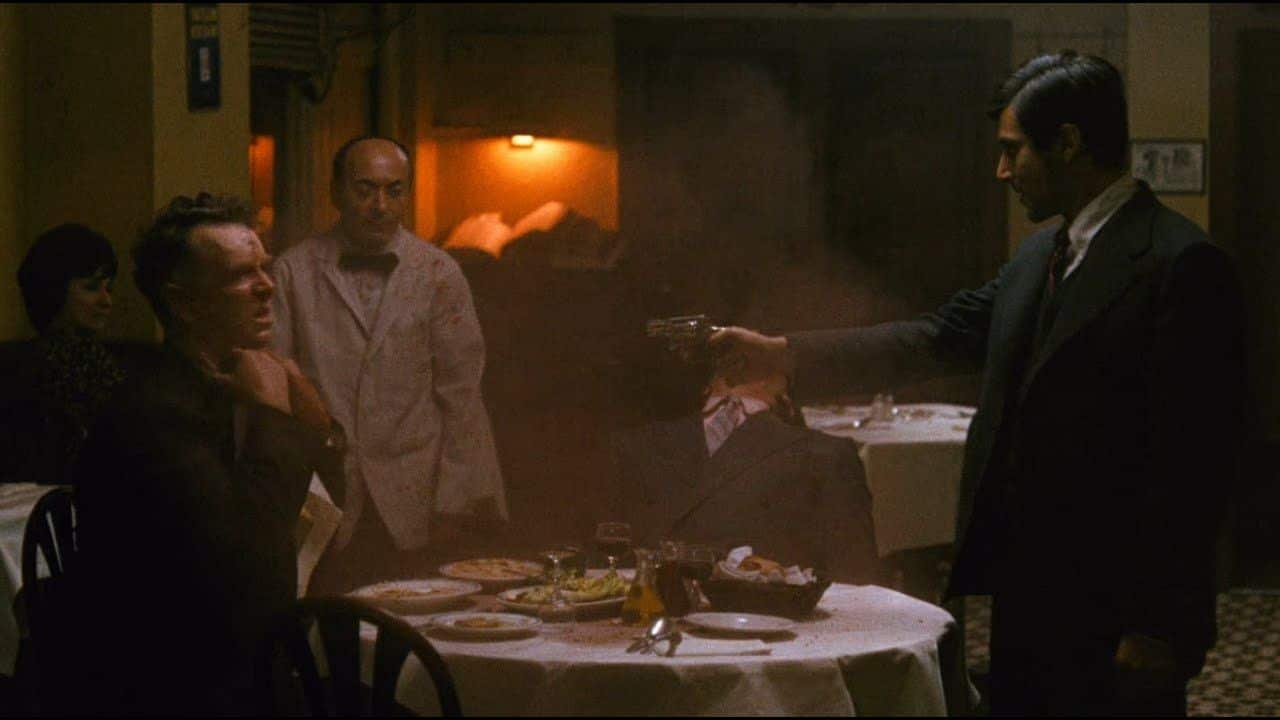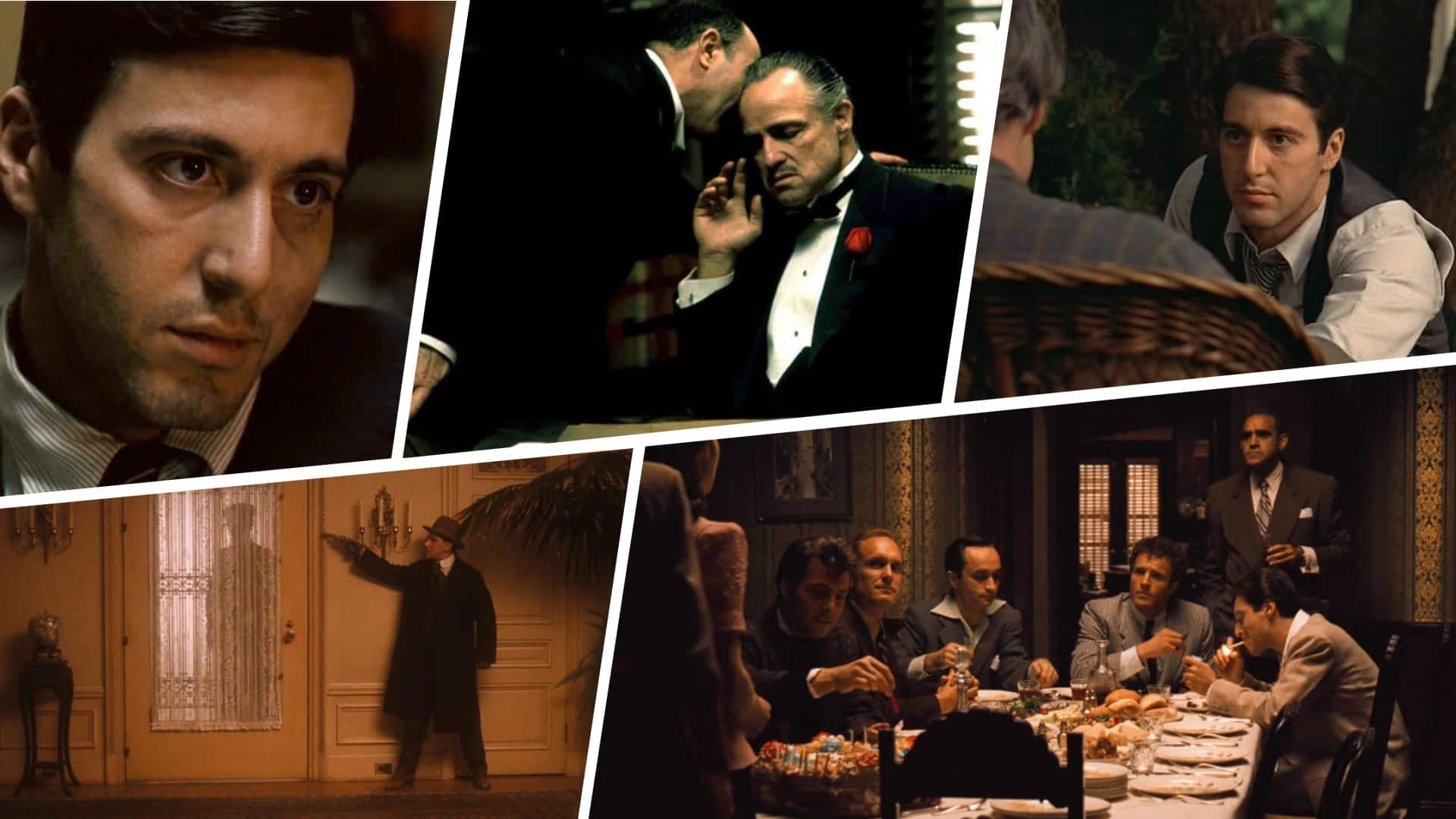So you’ve written a script; great! Now what? Well, if you’re like me, you’ll obsess over making every scene perfect (a screenplay is never “perfect,” but that’s a discussion for another time). You have a solid 3-act structure, good dialogue, and a few punch-lines to keep the reader hooked. But something is off. Do your scenes feel a little dull? Is it the pacing, tone, or stakes? The solution is simple — G.O.D.D. It’s more than just an acronym, we will go over the four elements to make your characters more compelling and your scenes more dynamic.
How to Write a Scene
What is G.O.D.D.?
Learning how to write a scene in a screenplay, the first thing to understand is how each scene pushes both the character and narrative forward. If your scene does neither, you might want to reconsider including it all.
G.O.D.D. is an acronym for the formula that makes any scene great. When you’re writing (or re-writing) a scene, ask yourself four questions:
- (G) Does my character have a Goal to achieve?
- (O) Does my character have an Obstacle to overcome?
- (D) Does my character have a Dilemma to deal with?
- (D) Does my character make a big Decision?
It's not as hard as it sounds. We will be analyzing the infamous restaurant scene from The Godfather to see it in action. You've seen it a thousand times before but watch it again and see if you can spot the G.O.D.D. at work.
We've imported The Godfather into StudioBinder's screenwriting software so we can point out the relevant moments as we go through this masterfully written scene. We also have another post where we break down The Godfather script in its entirety — you can download your own PDF as well.
The Godfather • A Masterful Example of How to Write a Scene
Active Characters
(G) Goal — create active protagonists
Following G.O.D.D. does great things for your characters and their motivations. A common problem for screenwriters is that their protagonist is often passive instead of active. This means they react to situations in the story instead of leading the action. However, if your protagonist has a Goal, their actions will drive the action forward.
Giving your characters a Goal for the scene gives them something to strive for. Make it something they need, be it their primary story goal, a smaller goal that helps achieve the overall goal or something that helps them solve a problem within the scene. The higher the stakes (relative to the character), the better.
The best scenes have their characters’ goals in conflict with one another. For example, in the restaurant sequence from The Godfather, Michael Corleone’s goal is simple — he wants revenge.
The Goal for a scene isn't always established during the scene itself. In fact, it's usually formulated at some point earlier, as is the case with Michael. Here's the moment Michael's plan is born.
Specifically, revenge for the attempted murder of his father, Don Corleone. And the man responsible for putting out the hit? Sollozzo — the man sitting across from him. Sollozzo’s goal is to broker peace with the Corleones.
Neither man can afford to back down from their goals...and only one is leaving this restaurant with his goal achieved.
Scene Writing with Conflict
(O) Obstacle — give them a challenge
An obstacle can be just about anything that prevents a character from achieving their goal. It could be a person, such as the antagonist of your story. Or, it could be a situation that is preventing progress for your character. There could be multiple obstacles, all of which are seemingly conspiring against your character.
Life would be so much simpler if we didn’t have obstacles. With no one and nothing in our way, we could accomplish anything. Of course, life would be extremely boring this way.
This applies to your scenes as well — without an obstacle, there's real reason to watch it. The "will they or won't they" question should be present at all time.
Whatever the obstacle may be, it needs to be difficult. If your hero easily defeats the villain, he wasn’t much of an obstacle, was he? To make your scene compelling, their needs to be some sort of struggle, be it physical, emotional, or otherwise.
Michael is facing several obstacles in the restaurant. The first is obvious: Sollozzo brought some muscle with him in the form of Captain McCluskey. To compound this issue, Michael is completely alone and forced to enter this dangerous situation unarmed.
The next obstacle, something that could ruin the entire plan, occurs when Michael enters the bathroom to retrieve the gun...and it's not there.
But perhaps the biggest obstacle in attaining his goal is Michael himself. Can he keep it together? Will he lose his nerve? Will Sollozzo see right through him? This is the dramatic tension that really carries everything in this scene.
Sollozzo is also faced with his own obstacle: Michael. But little does he understand the full extent of Michael’s love for his family and their honor. Sollozzo underestimates Michael and pays the price for it.
WRITING THE PERFECT SCENE WITH CONSEQUENCES
(D) Dilemma — establish the stakes
Life is full of difficult decisions. For better or worse, every decision we make has consequences. The same holds true for every scene and character you write.
If your characters aren’t experiencing some kind of dilemma, the stakes of the scene will be non-existent and their emotions will fall flat.
A true dilemma should have dire consequences, no matter what choice your characters make. Face to face with his nemesis, Michael’s life is about to change forever. Pay attention to this small but meaningful moment of reflection — Michael's hesitation humanizes him and reminds us that he is, in fact, weighing this Dilemma in his mind.
On one hand, he cannot let his father's would-be assassin go unpunished, lest his honor be tarnished and his family humiliated.
On the other hand, Michael is supposed to be the “white sheep” in a family of black sheep. He is the one Corleone that has avoided the “family business” up to this point.
If he kills Sollozzo, there’s no going back to his old life. He will become a murderer, forced into exile, and forever ingrained in the Mafia. This will be the end of Michael’s life as he knows it.
Sollozzo has a major dilemma too. He missed his chance to kill Don Corleone. If he doesn’t navigate this situation with the Corleones carefully, there will be a violent mob war. And wars are costly.
POINT OF NO RETURN
(D) Decision — pull the trigger
This is it — the big moment in the scene. Your character has a Goal, an Obstacle, and a mounting Dilemma. The pressure is building and something or someone has to give in. Drastic measures have to be taken.
Remember: your character needs to achieve their Goal, no matter the consequences.
Michael puts up with Sollozzo’s blabbering for a short while, then excuses himself to the restroom. Did his cohort do his job? Has the gun been planted behind the toilet? Yes.
In the script, Michael's final moment of decision is written in a single sentence. But you can see how Coppola uses camera framing and a slow push toward him to turn one sentence into a white-knuckle moment.
Michael returns to the table. Sollozzo keeps talking, Michael is still torn. Should he pull the trigger? He can still back out.
But then...he makes the Decision. Michael stands up. He pulls the trigger. He shoots Sollozzo and McCluskey. His life is forever changed.

Michael kills Sollozzo and McCluskey
How to Write a Scene
Writing the perfect scene
This is just one example of how to write a scene in a screenplay that brilliantly uses G.O.D.D. to advance the story. Francis Ford Coppola created an overall masterpiece. Each scene connects to the next, building tension as we watch Michael turn from a shy white sheep to the ruthless head of the family.
Keep in mind that every scene needs a G.O.D.D., but a scene is not necessarily limited to one G.O.D.D. Depending on the complexity and length of a scene, there could be two or more G.O.D.D.s.
A story is like a chess match. Each player (character) is trying to win, planning several moves (decisions) ahead. However, as goals collide, plans change and new decisions have to be made.
Fear not, as long as you follow G.O.D.D., you’re sure to succeed.
UP NEXT
The Godfather: Analysis of a Scene
From blocking to staging, a visual medium like film requires artistry and mastery in both aspects. Directing and writing often go hand-in-hand; understanding both is always a good thing. In this article, we break down the directing techniques Francis Ford Coppola used to make this timeless film with a shot-by-shot breakdown of the moment Michael takes his first steps to become the Godfather.
Up Next: The Godfather scene breakdown →
Easily create script breakdown sheets online.
Import scripts. Tag elements like props, wardrobe, and cast. Create breakdown summaries and DOOD reports in a snap.
